Preventing diabetic foot complications: daily foot care and early detection is an essential aspect of managing diabetes. Individuals living with diabetes must prioritize their foot health to avoid severe consequences like ulcers and potential amputations. This article aims to explore various facets of foot care, emphasizing the necessity of vigilance and proactive measures in ensuring optimal foot health for diabetic patients.
Contents
Understanding Diabetes and Its Impact on Foot Health
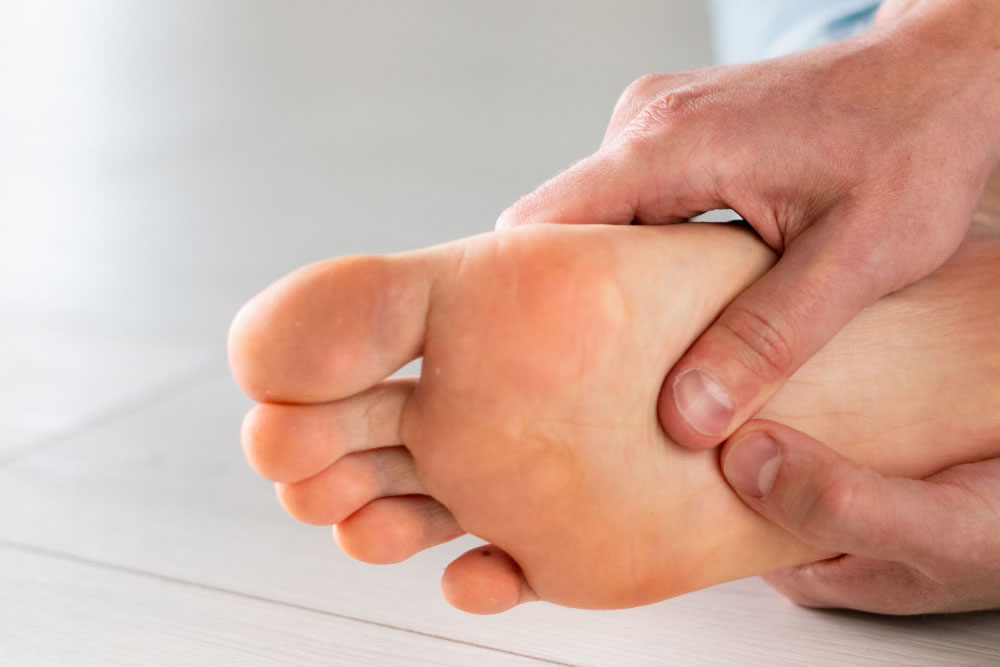
Diabetes is a chronic condition that affects how the body processes glucose, leading to elevated blood sugar levels. Over time, high blood sugar can cause damage to nerves and blood vessels, which directly impacts foot health. This section delves into the ways diabetes influences foot conditions and the importance of understanding this relationship.
The Role of Blood Sugar Control
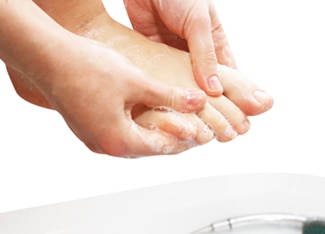
Blood sugar control is paramount in preventing complications related to diabetes. When blood sugar levels fluctuate, it can lead to nerve damage, known as neuropathy, which diminishes sensation in the feet. This loss of feeling means that minor injuries or irritations may go unnoticed, escalating into serious infections or ulcers if not addressed promptly.
The connection between blood sugar control and foot health cannot be overstated. Patients who actively manage their blood sugar through diet, medication, and regular monitoring are less likely to experience severe complications. It’s akin to maintaining a well-tuned vehicle; a small issue caught early prevents a larger breakdown down the road.
Peripheral Artery Disease and Foot Health
Peripheral artery disease (PAD) is another complication associated with diabetes that significantly impacts foot health. This condition occurs when narrowed arteries decrease blood flow to the limbs, causing pain and increasing the risk of infections.
Poor circulation due to PAD makes it difficult for wounds to heal, leading to prolonged recovery times and, in some cases, more serious complications. Understanding the effects of PAD emphasizes the need for routine foot checks and prompt medical attention for any signs of trouble.
Gold Bond Ultimate Healing Foot Therapy Cream
The Importance of Routine Foot Checks
Regular foot examinations should become a non-negotiable part of daily routines for individuals with diabetes. Just as regular car maintenance extends the life of a vehicle, consistent foot inspections can help maintain healthy feet and prevent complications.
Daily self-examinations can identify blisters, cuts, or abrasions before they worsen. Incorporating this practice into one’s lifestyle fosters a proactive approach towards health and well-being.
Daily Foot Care Practices
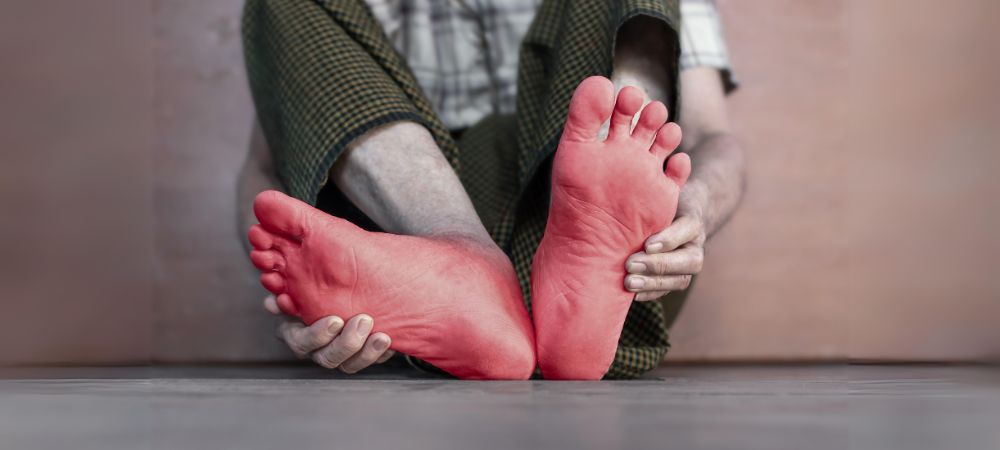
Establishing a daily foot care regimen is crucial for individuals with diabetes. This segment outlines effective practices to incorporate into everyday life, allowing for optimal foot health and prevention of complications.
Checking Your Feet Regularly
Making it a habit to check your feet daily can significantly contribute to preventing diabetic foot complications. Individuals should inspect every inch of their feet, including the spaces between toes, for any signs of redness, swelling, or sores.
If visual inspection proves difficult, using a mirror or seeking assistance from a loved one can facilitate thorough checks. Awareness of your foot’s condition is vital; it’s about being in tune with your body and recognizing what is normal versus what requires further attention.
Proper Hygiene and Moisturization
Maintaining proper hygiene is fundamental to foot care. Washing feet daily with mild soap and warm water helps remove dirt and bacteria that could lead to infection. After washing, it is essential to dry the feet thoroughly, especially between the toes, to prevent moisture buildup.
Moisturizing is equally important. For many diabetic patients, dry skin can lead to cracking and subsequent infections. Applying a suitable moisturizer can act as a protective shield, maintaining skin elasticity and reducing the risk of injury. Think of moisturizing as developing a protective layer that safeguards against environmental stressors.
Choosing the Right Footwear
Footwear plays a critical role in preventing diabetic foot complications. Shoes should provide adequate support and cushioning without being too tight. Ill-fitting shoes can lead to blisters, calluses, or corns that might evolve into more significant issues.
When selecting footwear, consider materials that allow breathability and accommodate foot deformities often associated with diabetes. Additionally, wearing socks made from moisture-wicking fabrics can help keep feet dry and comfortable throughout the day.
Early Detection and Monitoring Techniques
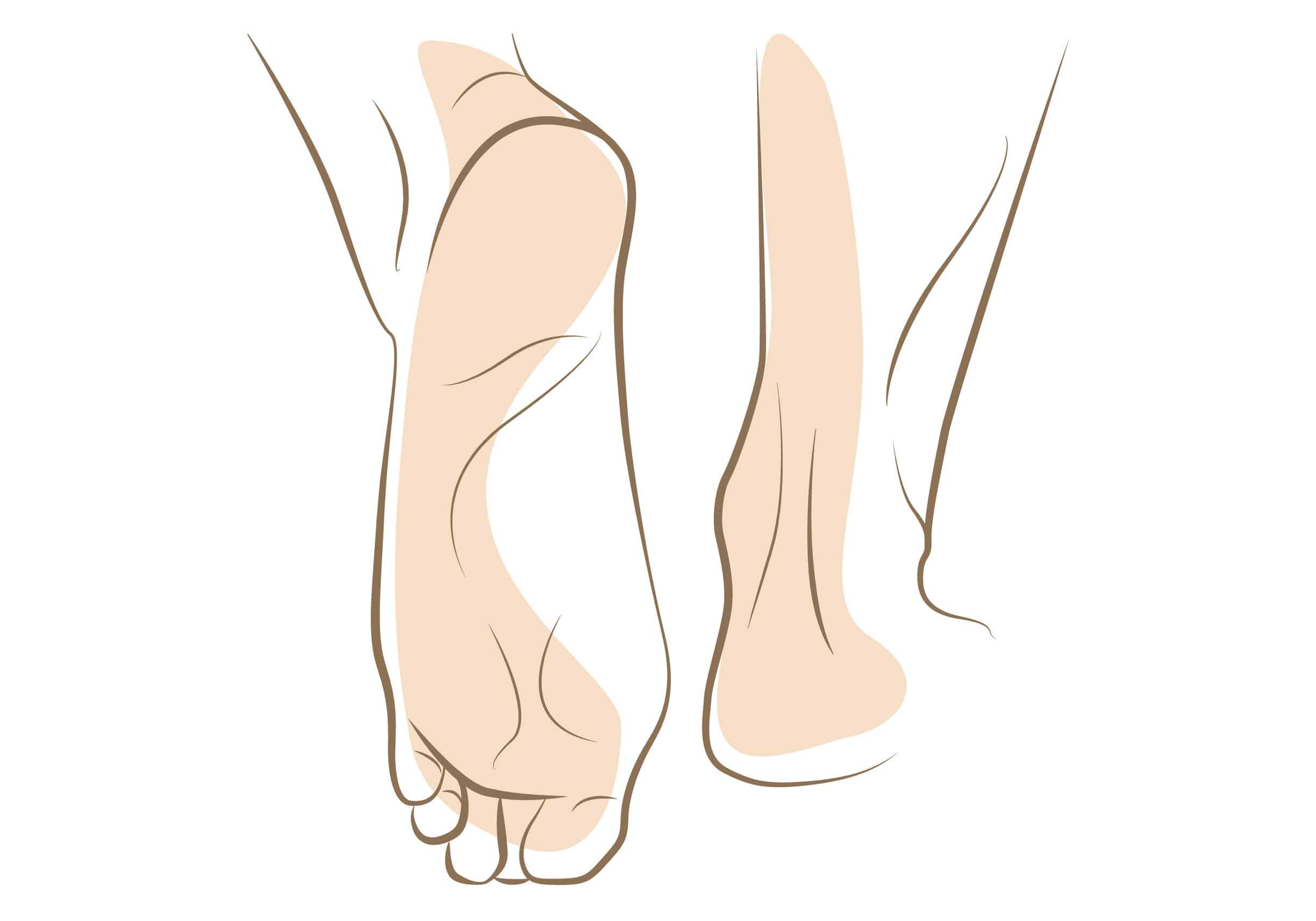
Early detection is key in managing diabetic foot complications. This section discusses various techniques for monitoring foot health and recognizing potential problems before they escalate.
Blood Sugar Monitoring
As previously mentioned, controlling blood sugar levels is critical for preventing complications. Regularly measuring blood glucose provides insight into overall health and enables timely adjustments to treatment plans.
Patients equipped with continuous glucose monitors (CGMs) can stay informed about fluctuations, allowing for immediate action if levels rise unexpectedly. This technology not only fosters awareness but also empowers individuals to take charge of their health proactively.
Seeking Professional Medical Advice
While self-care is essential, professional assessments should not be overlooked. Regular check-ups with healthcare providers can greatly enhance foot health management. During these visits, foot examinations should be conducted to identify any areas of concern.
These appointments serve as opportunities to discuss any changes observed at home and receive expert advice on maintaining foot health. It’s worth noting that early intervention can make a significant difference in outcomes.
Utilizing Technology for Better Monitoring
In today’s digital age, technology has transformed the way we monitor health. Various apps and wearable devices can assist individuals in tracking blood sugar levels, medication schedules, and even reminders for foot checks.
These tools not only enhance compliance with daily care routines but also foster a sense of community among users. Online forums and groups can provide support and share best practices, motivating individuals to remain vigilant in their foot care efforts.
Building a Support System for Foot Care

Building a supportive network is vital for encouraging good foot care habits. This section explores the significance of social connections, both personal and professional, in fostering better health outcomes.
Involving Family and Friends
Having family and friends involved in the foot care process can create a stronger support system. Educating loved ones about the importance of foot care allows them to assist in regular checks and encourage adherence to daily routines.
Furthermore, sharing experiences and challenges can foster emotional support and motivate individuals to prioritize their health. Much like a team working towards a common goal, a supportive network can lead to better adherence to foot care practices.
Engaging Healthcare Professionals
Healthcare professionals play a crucial role in providing guidance regarding foot health. From podiatrists to diabetes educators, collaborating with experts ensures access to accurate information and specialized care.
Consider scheduling regular appointments with foot specialists to assess foot health and address any concerns. These visits can reinforce the importance of self-care and serve as reminders to prioritize foot health.
Community Resources and Support Groups
Many communities offer resources and support groups tailored specifically to individuals living with diabetes. Participating in local or online support groups can provide valuable insights and encouragement from others facing similar challenges.
Engaging with peers can also lead to the exchange of effective care strategies and coping mechanisms, reinforcing the idea that you’re not alone in your journey. Connection is a powerful tool, and utilizing community resources can have lasting positive effects on health outcomes.
Conclusion
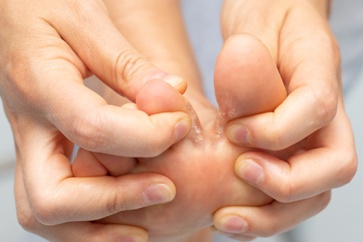
In conclusion, preventing diabetic foot complications: daily foot care and early detection is a multifaceted approach that involves understanding diabetes, practicing diligent foot care, monitoring health, and building a support system.
Successful management hinges upon individual commitment and professional guidance. By prioritizing foot health, individuals with diabetes can lead fulfilling lives free from the burdens of serious complications.
Through consistent care, awareness, and proactive measures, it is indeed possible to thrive while living with diabetes! Always remember, each small step taken in caring for your feet translates to a giant leap in safeguarding your overall health.





